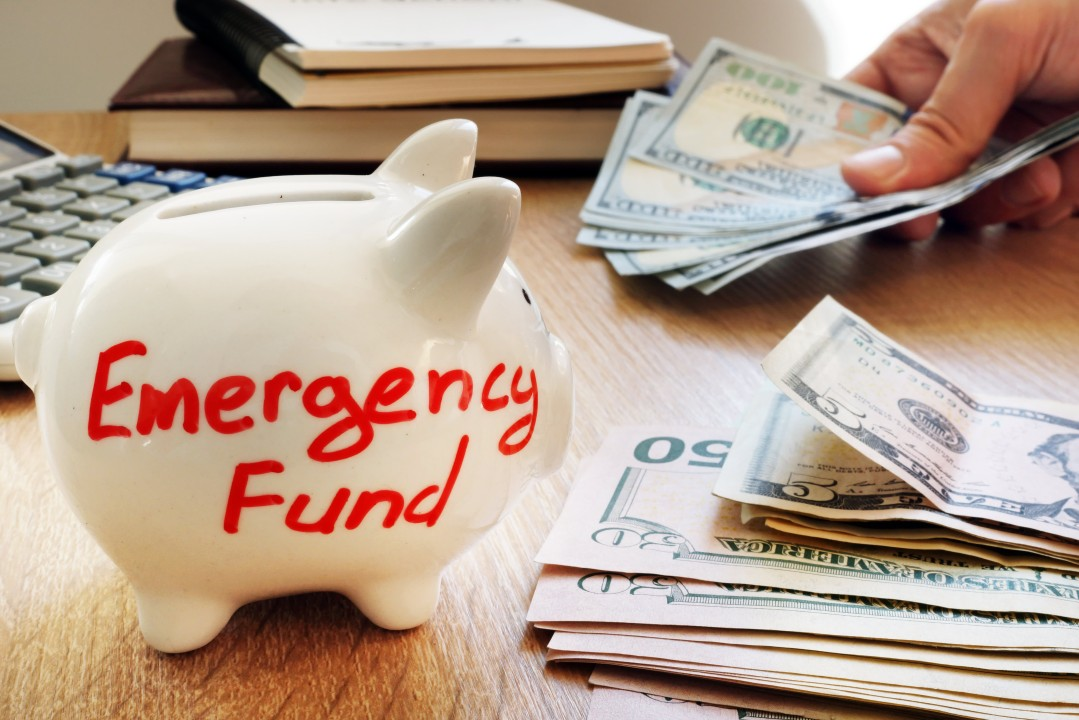An emergency fund is a financial cushion that helps you manage unexpected expenses and avoid falling into debt. It’s an essential part of a robust financial plan, providing stability and peace of mind during times of crisis. This guide will walk you through the steps to build and maintain an effective emergency fund.
1. Understand the Purpose of an Emergency Fund
Why It Matters:
- Financial Safety Net: Covers unforeseen expenses like medical emergencies, car repairs, or job loss.
- Avoiding Debt: Reduces the need to use credit cards or loans for unexpected costs.
- Peace of Mind: Provides reassurance knowing you’re prepared for emergencies.
Recommended Amount:
- Three to Six Months of Expenses: Financial experts typically suggest saving enough to cover three to six months’ worth of living expenses.
- Personalize It: The ideal amount can vary based on your job stability, family situation, and other factors.
2. Calculate Your Monthly Expenses
Identify Fixed Costs:
- Housing: Rent or mortgage payments.
- Utilities: Electricity, water, gas, and internet.
- Insurance: Health, auto, home, and other insurance premiums.
- Loan Payments: Student loans, car loans, or personal loans.
Estimate Variable Costs:
- Groceries: Monthly food and household supplies.
- Transportation: Fuel, public transportation, or vehicle maintenance.
- Entertainment and Dining Out: Leisure activities and dining expenses.
- Miscellaneous: Other irregular expenses like gifts or subscriptions.
Determine Total Monthly Expenses:
- Calculate: Add together both fixed and variable costs to find your total monthly expense amount. This figure will help you set your emergency fund goal.
3. Set a Savings Goal
Define Your Target:
- Three-Month Fund: If you have a stable job and low expenses, you might start with a fund covering three months of expenses.
- Six-Month Fund: If you have a variable income or higher expenses, aim for a six-month fund to provide more security.
Break It Down:
- Total Goal: For example, if your monthly expenses are $3,000, a three-month fund would be $9,000.
- Incremental Savings: Divide your total goal by the number of months you plan to save. This helps in setting manageable monthly savings targets.
4. Choose a Savings Account
Account Types:
- High-Yield Savings Account: Offers a higher interest rate than traditional savings accounts, helping your emergency fund grow.
- Money Market Account: Provides better interest rates and some check-writing capabilities, though it may require a higher minimum balance.
- Certificates of Deposit (CDs): Higher interest rates for funds locked away for a set period. Consider if you don’t need immediate access to some of the funds.
Accessibility:
- Liquidity: Choose an account where you can quickly access funds in an emergency without penalties.
- Avoid Risk: Keep the funds in a low-risk account to preserve your savings.
5. Develop a Savings Plan
Automate Savings:
- Direct Deposits: Set up automatic transfers from your checking account to your emergency fund savings account.
- Consistency: Automating savings ensures regular contributions and helps you build the fund steadily.
Adjust Budget:
- Identify Savings Opportunities: Look for areas in your budget where you can cut back to allocate more toward your emergency fund.
- Track Progress: Regularly review your budget and savings plan to stay on track and adjust as needed.
6. Build the Fund Gradually
Start Small:
- Initial Goal: Begin with a small, achievable target, such as $500 or $1,000, to build momentum.
- Increase Contributions: As your financial situation improves, increase your savings contributions to reach your ultimate goal.
Review and Adjust:
- Periodic Reviews: Regularly assess your emergency fund balance and make adjustments based on changes in your expenses or financial situation.
- Reassess Goal: If your expenses or income change significantly, adjust your savings goal accordingly.
7. Use Your Emergency Fund Wisely
What Constitutes an Emergency:
- Unexpected Medical Expenses: Significant health issues or emergencies not covered by insurance.
- Car or Home Repairs: Major repairs that cannot be postponed.
- Job Loss: Income replacement while you search for new employment.
Avoid Non-Essential Uses:
- Discretionary Spending: Avoid using the fund for non-emergencies, such as vacations or routine purchases.
- Evaluate Needs: Before accessing the fund, ensure that the expense qualifies as an emergency and explore other options if possible.
8. Replenish the Fund
After Usage:
- Restoration: If you use your emergency fund, prioritize replenishing it as soon as possible to maintain financial security.
- Adjust Savings: Increase your monthly savings contributions temporarily to rebuild the fund.
Maintain Discipline:
- Stick to the Plan: Continue regular contributions to ensure your emergency fund remains robust and ready for future emergencies.
9. Monitor and Adjust Over Time
Reevaluate Goals:
- Life Changes: Adjust your emergency fund as your financial situation changes, such as a new job, increased expenses, or major life events.
- Inflation: Consider adjusting your savings goal to account for inflation and changes in your cost of living.
Stay Committed:
- Consistency: Maintain the discipline to regularly contribute to and review your emergency fund to ensure it remains adequate.
Conclusion
Building an emergency fund is a vital step toward financial stability and peace of mind. By calculating your expenses, setting a realistic savings goal, choosing the right account, and developing a consistent savings plan, you can create a financial cushion that helps you manage unexpected situations with confidence. Regularly review and adjust your fund to ensure it continues to meet your needs and provides the security you require.
